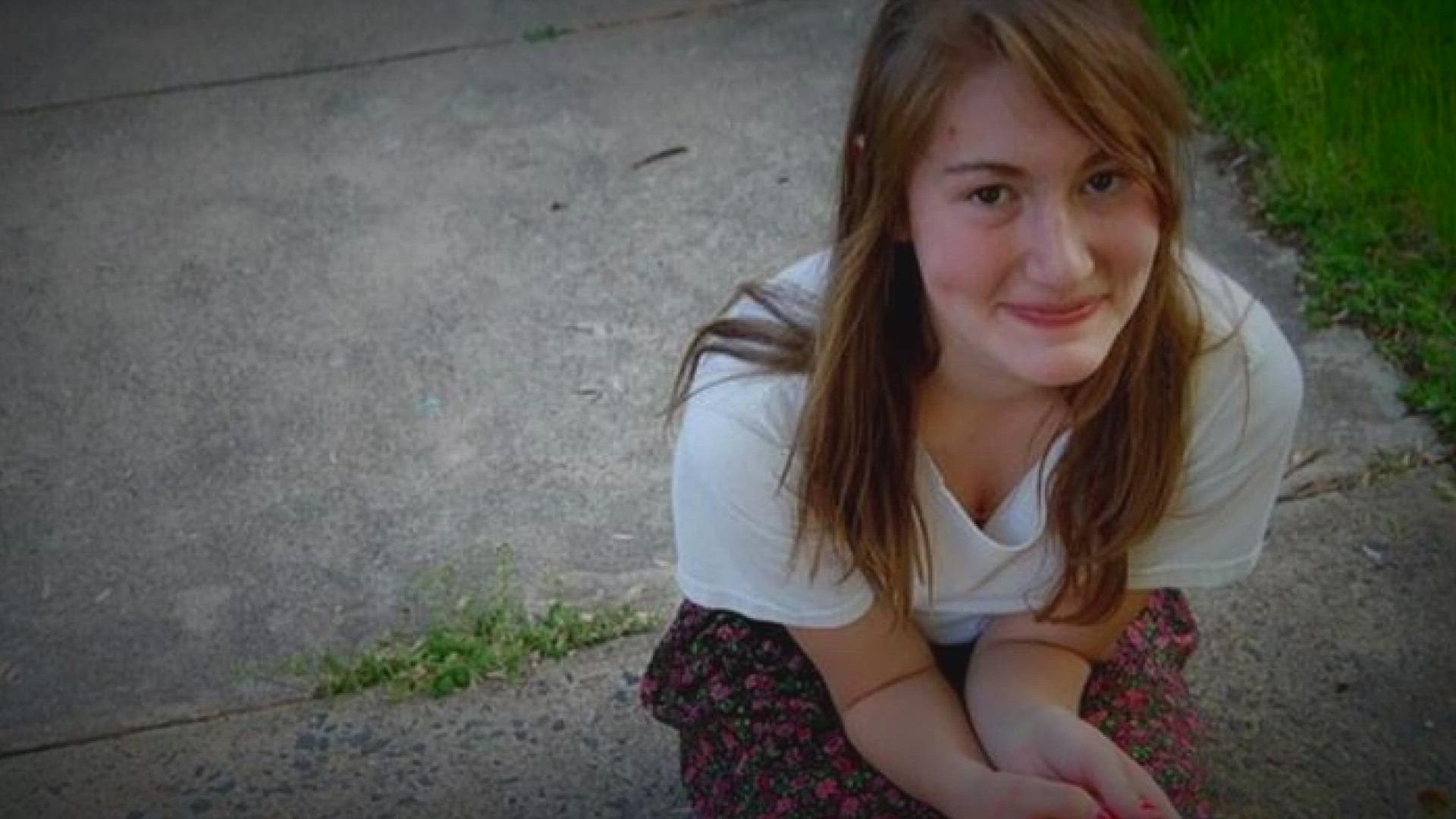PORTLAND, Maine — Depersonalization-derealization disorder is a mental health condition often linked to trauma, especially in childhood.
While statistics indicate it affects a very small percentage of the population, some experts say it may be more common because research is so limited about the condition.
Jen Hoffer experienced family trauma at a young age, and then at 14, those experiences culminated into an overwhelming anxiety attack.
"Inside I felt like I was going crazy. Nobody really understood what I was talking about," she said. "I couldn't really explain it. I felt like I was living in a dream or a movie."
Hoffer started feeling like a glass wall separated her from the world. She felt disconnected from her family, friends, and things she'd known her whole life. She started seeing mental health experts, but it took months to figure out what was wrong.
"All I really wanted was to talk to someone who knew what was going on, and that didn't seem available," Hoffer said.
Hoffer was finally diagnosed with Depersonalization-derealization disorder. Many people have a passing experience of depersonalization or derealization at some point, but those diagnosed with the condition experience chronic symptoms that can interfere with their ability to function.
The symptoms include feeling outside your body and observing your life, not being able to describe your emotions, feeling numb, having memory problems, and thinking the world is not real.
Dr. Jeffrey Barkin is a psychiatrist who treats people with dissociative identity disorders. He said Depersonalization-derealization disorder, DPDR, is a dissociative disorder, separate from Dissociative Identity Disorder, known as DID. He said the condition, often caused by childhood trauma, affects less than two percent of the population ... but during the pandemic, the number of cases could be on the rise.
"People with a history of past trauma can be retriggered with the stress of COVID, and a small number of them are developing symptoms of disassociation," Barkin said.
Barkin said people with Depersonalization-derealization disorder can also suffer from depression, anxiety, and panic attacks. It can also take seven years on average to get an accurate diagnosis from a mental health provider.
Hoffer, meanwhile, is using drawings and writings she made over the years while grappling with her condition and combining them with a series of self-portraits, pictures, and videos.
At Once is a personal narrative on her website, in which, Hoffer showcases her work as a professional photographer, visualizing what living with Depersonalization-derealization disorder feels like.
"Like am I going to disappear? Sometimes I feel like I am I not going to be sticking around," Hoffer said.
It's all to help raise awareness about the condition, which has no cure. But a number of patients, including Hoffer, have seen their symptoms improve with psychotherapy. Also key is a strong support system that includes health care providers, family members, and friends.
More information about mental health disorders, diagnosis, and treatment is available at the National Alliance on Mental Illness.

